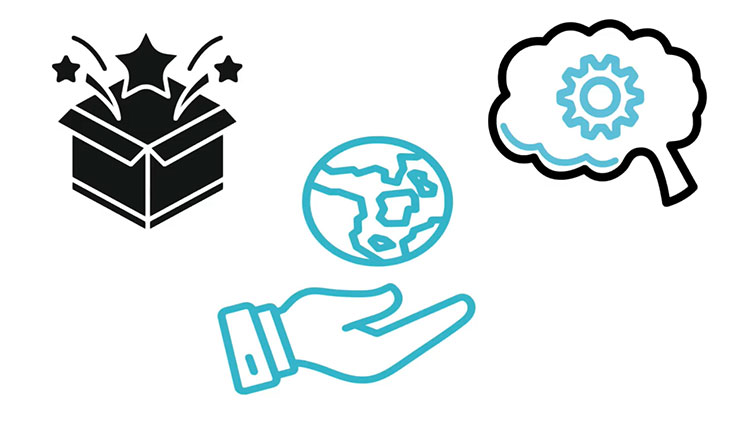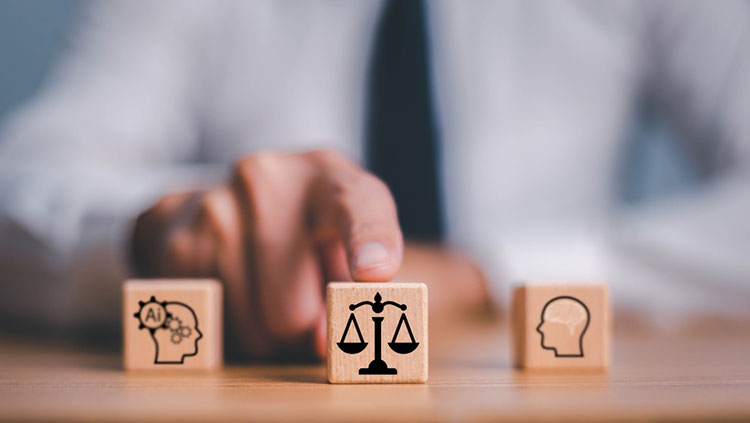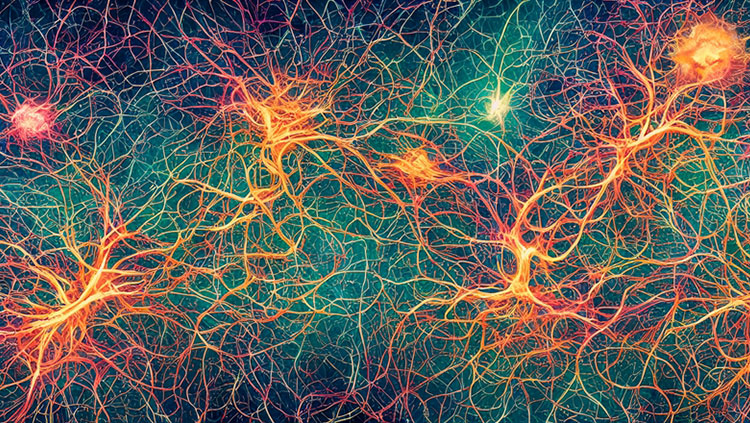One of the fundamental questions motivating neuroscientists is to understand the relationship between brain activity and lived experience: how the different parts of the brain work together to produce the key ingredients for behavior: memory, feeling, thinking and imagination. These motivating issues have been pretty much inaccessible for most of the history of neuroscience, because we could not observe very much of the brain in action in enough detail to identify individual circuits or on the time scale on which they work. That is starting to change.
I've just come back from the Computational and Systems Neuroscience (CoSyNe) conference and workshops in Salt Lake City. I'll be discussing in up-coming posts several of the interesting issues raised at this conference, but for now I want to try to introduce what these terms "computational neuroscience" and "systems neuroscience" mean.
The term "Systems neuroscience" describes investigations of how the different components of the central nervous system interact to produce experience and to generate behavior. For example, scientists may record from many cells in an animal's brain, in different regions, while the animal is making a decision. In order to study systems neuroscience we need to measure brain activity in many different cells at once. You may have heard of the BRAIN Initiative , which aims to develop new tools to do this.
Why do we need such detailed (and technically hard) measurements to understand the brain? We understand the function of most other organs, such as liver, kidney or muscles, by measuring in bulk their responses to situations. The key difference is that cells of the same type mostly play similar roles in the functions of those organs, whereas cells in the brain, even those right next to each other, usually play very different, often even opposed, roles in behavior. Therefore we need to monitor very many cells individually to understand how they interact during experience or behavior.
The term "computational neuroscience" describes investigations that use computers extensively to understand brain function. There are two major aspects to this computational work. One aspect is the sophisticated analysis and interpretation of the complex 'big data' recorded from living brains while an animal or person behaves, in support of the goals of systems neuroscience. The second aspect is building artificial networks that simulate some properties of real nervous systems. Some researchers build these model networks in order to try to simulate aspects of actual brain activity; this is a prime goal of the EU Human Brain Project. Other researchers try to develop new modes of artificial intelligence (AI). You may hear about 'Deep Neural Networks', which are the engines behind the AlphaGo AI that finally beat a human at the strategic game of Go.
Where these two aspects of computational neuroscience come together is comparing the patterns of activity produced by models to the patterns actually observed in many cells or brain regions, while a person or animal is behaving. I'll be saying more about these issues in coming posts.
While these topics will be my main focus in these blog posts, a secondary theme will be the roles of genes in the brain, and psychiatric or behavioral genetics. And some quirky observations, such as the structure of bird and octopus brains, may appear here as well.
I work in the Neuroscience Program at Michigan State University in East Lansing, MI. I teach courses in both aspects (data analysis and modeling) of computational neuroscience and also in brain genomics and genetics. My research work is primarily to develop new analysis methods for the 'big data' now being generated in neuroscience, in order to improve our understanding of brain function.
Also In Thinking & Awareness
Trending
Popular articles on BrainFacts.org


.jpg)














